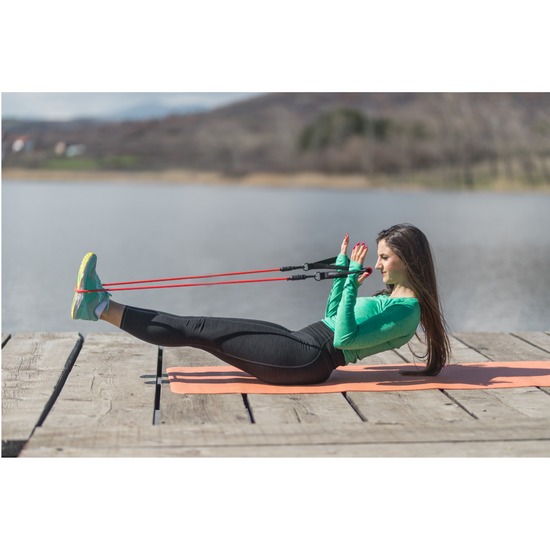Whether you are a competitive runner or a hobby runner, creating unilateral stability is an absolute goal you should have. But what is unilateral stability? Why is it so important? And what exercises can you do to improve it?
Unilateral stability, simply put, is the maintenance of dynamic equilibrium. Stability is the ability to maintain our centre of mass through the base of support. Thus, it is the ability to maintain balance on one leg in a dynamic situation such as running or jumping.
Unilateral stability is extremely important because we are in this posture a lot of the time. In addition, most of the time we do not train unilaterally, which results in us developing poor movement patterns that lead to injuries or simply reduced performance.
To improve unilateral stability, the trunk muscles in particular need to be strengthened, as well as the gluteal muscles. A large part of our unilateral stability comes from our glutes, the muscles that surround the hips. So if you strengthen the glutes, you can improve your unilateral stability. It is also particularly helpful to strengthen the legs. Since unilateral stability is about standing securely on one leg, the stronger your legs are - and the better your posture when walking or running - the easier it is to keep your balance.
Exercises to strengthen one-sided stability
The following three exercises train our balance and one-sided stability.
Ascend. Stand in front of a step. Bring your foot all the way up the step, press through the heel and squeeze your buttocks as you come up. Perform this movement slowly and cleanly. Doing it quickly is not effective. Go down and repeat your movement on the other side. Always make sure that your back is straight and your knee does not protrude forward over your toes.
Single-leg glute bridge. Take your PAKAMA mat and lie on your back with your knees bent. Make sure your lower back is flush with the floor. Support yourself with your hands on the floor - and then stretch out one leg. Tighten your extended leg and lift your hips and back off the floor by pushing through your heel. Hold this position briefly and then slowly lower yourself back to the floor, keeping your leg extended. Then repeat this movement with the other leg.
Single-leg deadlift. Start in an athletic posture, hips slightly tilted back, and shift your body weight onto one leg, keeping your standing leg slightly bent throughout the movement. Walk forward, lifting your non-standing leg behind you and keeping your hips straight on the floor. Return to the starting position and tense the gluteal muscles. Then repeat this exercise with the other leg.









